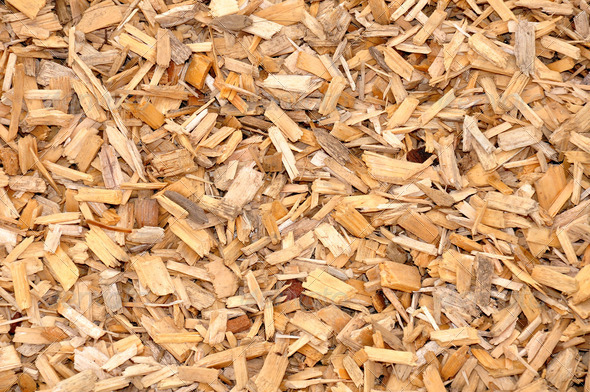
- A-
- A
- A+
Wood floors could generate energy
Engineers at the University of Wisconsin-Madison have designed revolutionary wood floors that harvest energy from footsteps. Not only can they create power, but the floors are also sustainable because they utilize wood pulp that would most likely be wasted otherwise.
Multiple industries end up with wood pulp as a waste product, but inside wood pulp are cellulose nanofibers that have the potential to produce a charge if they are chemically treated and encounter untreated nanofibers. Embedding the nanofibers in flooring enables those floors to transform footsteps into electricity for charging batteries or powering lights. Because wood pulp is cheap and abundant, these energy-harvesting floors could be incredibly affordable.
The chemically treated cellulose nanofibers are put into what UW-Madison describes as functional portions. These thin layers are one millimeter thick or less, and several of the layers could be put into floors to generate even more energy.
Similar News
Links



 Elm TV
Elm TV
 Photo
Photo
 Video
Video





